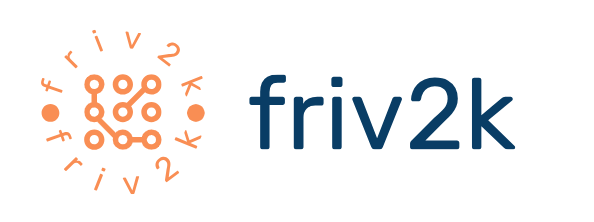How to Easily Approach and Circumvent Data Block Corruptions in Oracle
 Corruption manifests itself in an Oracle database in primarily two forms. An Oracle data block may contain an invalid header or the contents of the block could be logically inconsistent. In both the above cases, you might face terrible loss of information, including application and user data, Oracle control information, etc. Oracle provides you a comprehensive list of solutions to deal with such instances. You can configure different parameters (‘DB_BLOCK_CHECKING’, ‘DB_BLOCK_CHECKSUM’, etc.) on your database to detect corruption. The Oracle Recovery Manager (RMAN) enables you to implement a database backup and recovery plan. However, if these methods fail to work, you can use third-party Oracle recovery software to recover your lost or damaged database objects.
Corruption manifests itself in an Oracle database in primarily two forms. An Oracle data block may contain an invalid header or the contents of the block could be logically inconsistent. In both the above cases, you might face terrible loss of information, including application and user data, Oracle control information, etc. Oracle provides you a comprehensive list of solutions to deal with such instances. You can configure different parameters (‘DB_BLOCK_CHECKING’, ‘DB_BLOCK_CHECKSUM’, etc.) on your database to detect corruption. The Oracle Recovery Manager (RMAN) enables you to implement a database backup and recovery plan. However, if these methods fail to work, you can use third-party Oracle recovery software to recover your lost or damaged database objects.
For instance, when you start Oracle, you may receive the following error:
‘ORA-01092: ORACLE Instance terminated. Disconnected forced’
If you examine your alert log at this stage, you may encounter a few more errors:
‘ORA-01578: ORACLE data block corrupted (file # 1, block # 57371)’
Or
‘ORA-01110: data file 1: ‘G:\ORACLE\PRODUCT\10.1.0\ORADATA\HRDEV\”
The error reveals occurrence of a possible block corruption in your Oracle database that has resulted in an unexpected shutdown of the Oracle instance. This is generally caused due to various factors, such as bad permissions, missing data files, or OS related issues, etc.
In order to confirm about block corruption, you should run the external command-line utility ‘DB_VERIFY’ on the suspected file. If the output shows errors in the same page locations, you can try to fix corruption using any of the given methods:
You can try to drop and recreate the damaged object, if you are not worried about data loss. You can get back all your lost data from the external sources. To identify which objects are corrupt, run the following query:
‘select tablespace_name, segment_type, owner,segment_namefrom dba_extentswhere file_id = <corrupted file id>and <Block #> between block_id AND block_id + blocks-1’
This query maps the physical file location to the corrupt objects.
Restoring data from backup is a more reliable way to get back everything stored in all good blocks inside the file.
You should leave ‘DBMS_REPAIR’ as the last resort to deal with block corruption. It can help you identify and repair corruption in your Oracle database.
If you again see the same errors on your database, you should take help of professional Oracle database recovery software. These tools efficiently repair corrupt DBF files to restore all damaged or inaccessible database objects, such as tables, views, procedures, triggers, functions, etc. They search for Oracle databases in your system and allow you perform a selective recovery of database components.
